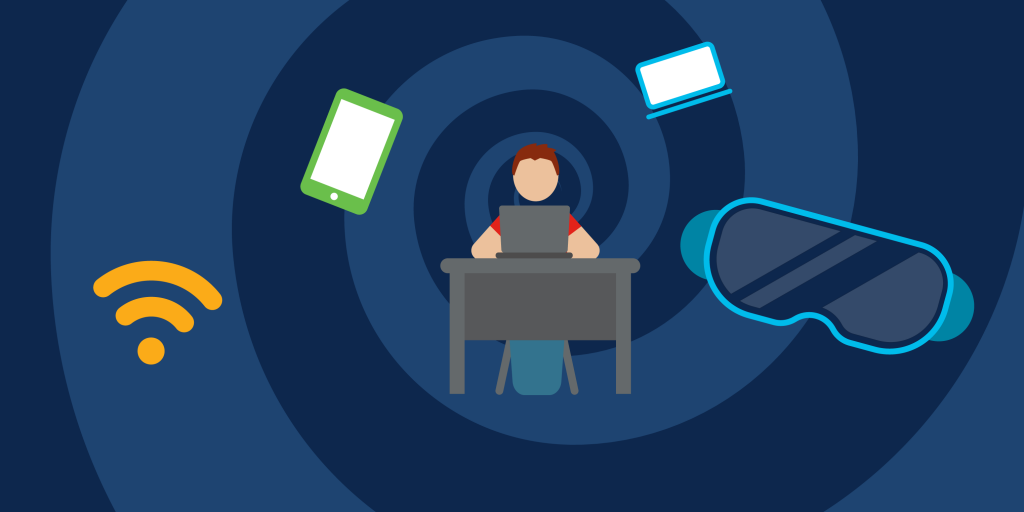Education Today: Exploring the Digital Vortex

Join us for the second part of our new two-part blog series from #EducationNow on the Digital Vortex from Ronaldo Mota, a member of the Brazilian Academy of Education. Don’t miss the first installment in the series, Education Then: Entering the Digital Vortex.
Education at the center of the vortex
Digital technologies reconfigure society, economy, habits, and customs. Education is being engulfed to the center of the digital vortex. The acceleration from the current pandemic makes progress established historically – and even recently – fade into the rearview.
Those who saw digital technologies as tools to enable traditional teaching and learning processes will begin to realize how much more potential they have. The context allows a better understanding of McLuhan, who in the last century warned that “the medium is the message.” Educational changes, infused with digital technologies, are radical, rapid and profound.
Last century, education aimed to provide mastery of one set of techniques and skills. In this century, although such training remains necessary, it is insufficient. We are moving toward a new aim: the ability to learn continuously, with awareness about how we learn. This will be key in a future where information and knowledge will be fully accessible, instantaneous and, eventually, free.
Evolving the role of school, educator, and student
Historically, the school was almost exclusively the space for education. Today, given unprecedented spatial and temporal flexibilities, the school is one of multiple spaces and not necessarily, the most relevant of them. Likewise, the teacher, who was at the center, observes centrality moving toward the student – who chooses when, how and with whom to study.
It is important to highlight that this does not in any way diminish the role of the educator. On the contrary, the teacher now teams up with the student to construct learning environments – hybrid, physical, and virtual. Likewise, the student will be required to know how to collaborate as part of a team to solve challenging problems.
Entering tomorrow
We are entering a world of artificial intelligence, machines that learn, and modeling and simulation laboratories.The correct collection of student data, through the use of intelligent platforms, will allow the application of learning analytics, proposing and enabling individualized educational paths.
We each have an educational DNA, which we don’t share with anyone else. It is up to the learning environment (and the school, in the broad sense), to be endowed with multiple educational trails, reflecting different modalities, diverse approaches, and unique emphases.
Building a digital future
While we entered the 21st century with an emphasis on traditional companies like oil, banking, automobiles, and retail, today, in 2020, the future is digital. This change will be even more pronounced in the post-pandemic world.
We are currently subject to a kind of catalytic effect, a fantastic acceleration, represented symbolically by the digital vortex, with profound consequences in all sectors and in ourselves.
Thus, I believe that there will be no return to normality. Because there will be no “normal” to return to. We will be economically, socially and educationally different.
We are building the future right now. We are learning from yesterday and taking bold steps today. And while the details of tomorrow are unclear, this digital future can be a good and promising thing. It is enormously complex, but it is the future we need to build to capitalize on the momentum of today’s vortex.
Stay tuned for the latest thought leadership from #EducationNow every Tuesday and join us as we dive into a fall semester like no other.

